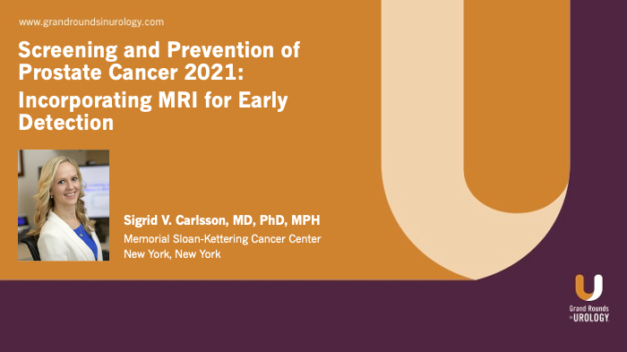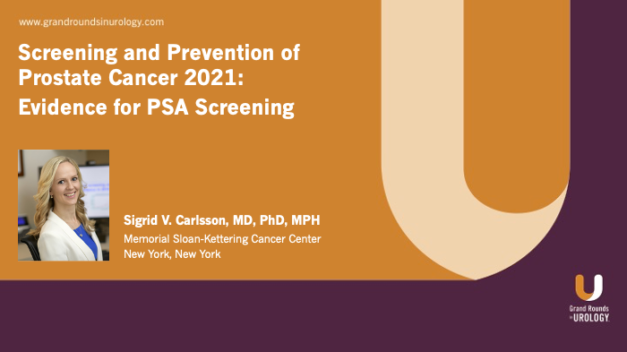Active Surveillance in Favorable Intermediate-Risk Prostate Cancer
James A. Eastham, MD, FACS, the Peter T. Scardino Chair in Oncology and Chief of the Urology Service in the Department of Surgery at Memorial Sloan-Kettering Cancer Center in New York, discusses the process of selecting intermediate-risk patients with prostate cancer for active surveillance (AS). He explains how active surveillance serves as an alternative to direct treatment that helps reduce cases of overtreatment, and notes that it is now considered an option for intermediate-risk (IR) patients across many guidelines. However, no process for patient selection is outlined, despite evidence that AS used indiscriminately with all IR patients is harmful. Dr. Eastham cites the PIVOT, ProtecT, and PREFERE trials, all of which show that when looking at the IR population as a whole, treatment is preferred based on increased rates of survival and decreased rates of disease progression. He raises the question of why AS is recommended for such patients when this data exists and summarizes the results of 14 series’ on AS for men with favorable IR compared to low-risk (LR) patients, finding equivalent survival rates in the two groups with estimated metastasis-free survival and prostate cancer-specific survival of 90% at 15-year follow up. Despite these positive results, Dr. Eastham states that there is no set definition of a “favorable” IR patient and looks to more trials to fill in this gap. He summarizes data from Göteborg and Sunnybrook, with Göteborg’s cohort showing 90% prostate cancer-specific survival and Sunnybrook’s showing 89%. Dr. Eastham details how Sunnybrook’s data includes information on Gleason pattern 4 being a major driver of high rates of metastases, leading him to then look at data from the Martini Klinik, the University of Michigan, and Memorial Sloan Kettering Cancer Center supporting the idea that choosing patients with lower volume of Gleason pattern 4 will lead to greater success of AS in IR patients.
Read More



